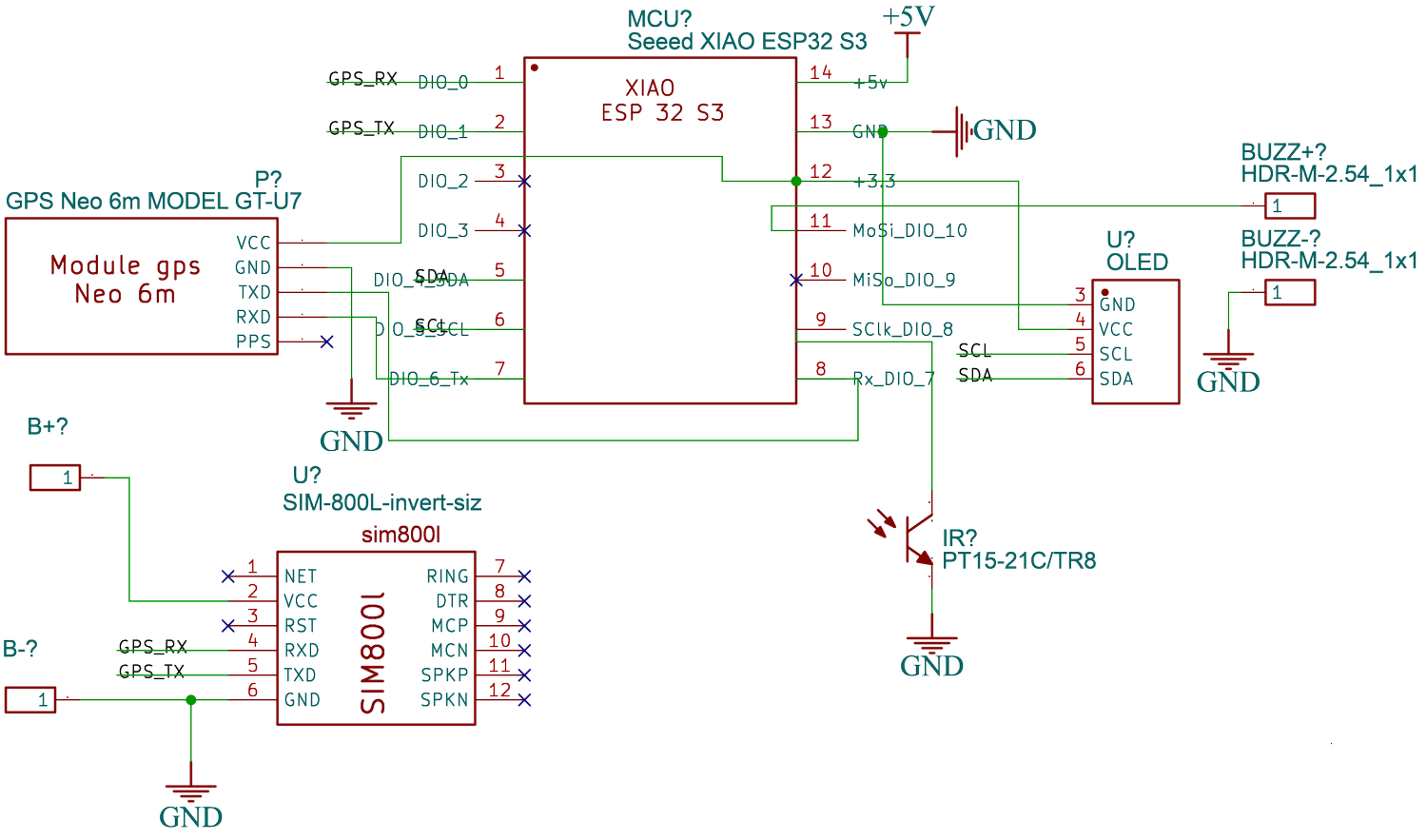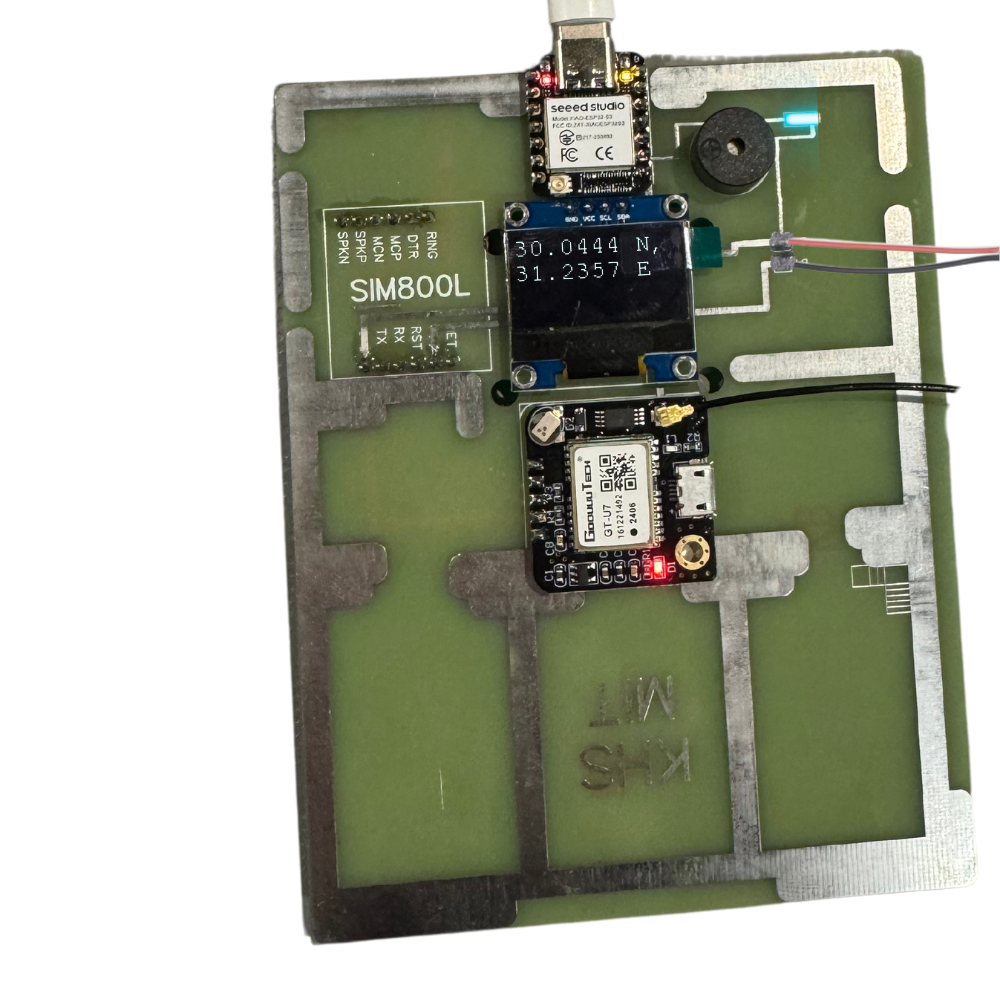The final PCB design successfully bridges the worlds of ancient architecture and modern electronics. The traces and components are laid out in a manner that respects the original temple plan, yet the board is fully functional and could serve as an energy monitor or live-wire detector. By using the Great Temple of Abydos as inspiration, this project emphasizes the enduring importance of energy systems—whether they are social, economic, or electrical—across different epochs of human civilization.
This project, while deeply rooted in artistic expression, also serves a functional purpose, showing how ancient designs can inspire modern technology. The images included illustrate this journey from an archaeological drawing to a fully realized circuit board, reflecting the timeless connection between human innovation and energy management.
However, the design is not without its challenges. The OLED display ended up upside down, which made it impractical to enclose the board within a case as originally intended. This misalignment complicated usability and detracted slightly from the polished outcome I envisioned. Additionally, the SIM800L GPRS GSM Phone Module proved particularly tricky to operate, with its placement requiring it to be soldered onto the bottom side of the PCB. This not only made the soldering process more complex but also created logistical issues in ensuring all connections remained robust and accessible. While the board performs its intended function, these setbacks highlight opportunities for refinement in future iterations to enhance both the usability and overall efficiency of the design.
But at the end of the day, it connected to a network and it showed coordinates.



.png)
.png)
.png)
.png)
.png)
.png)
.png)
.png)
.png)

